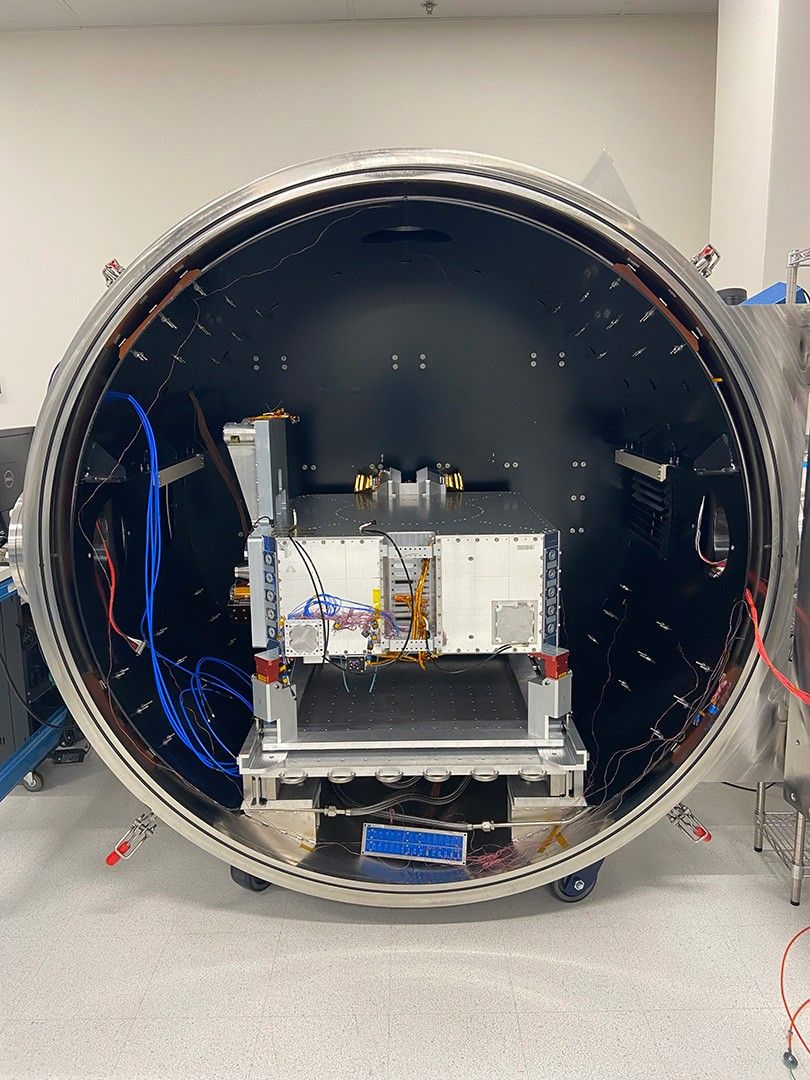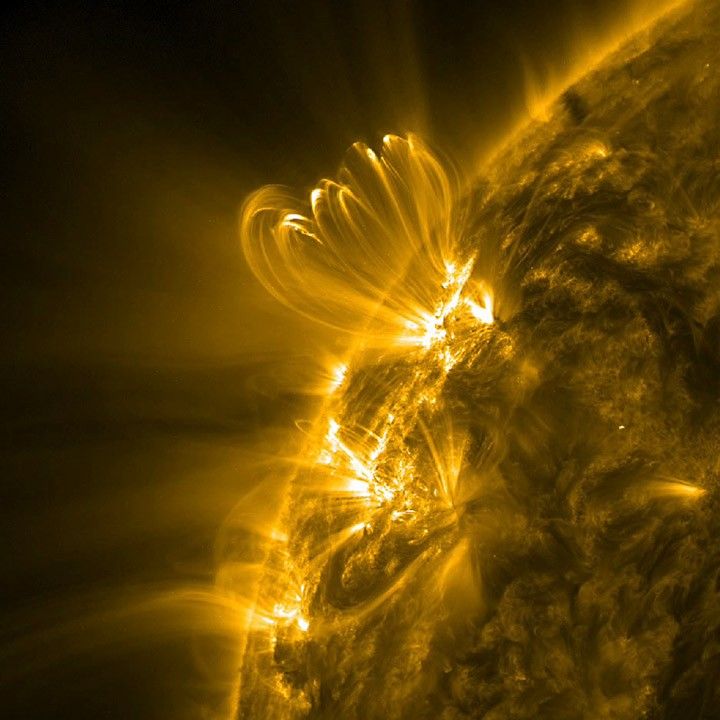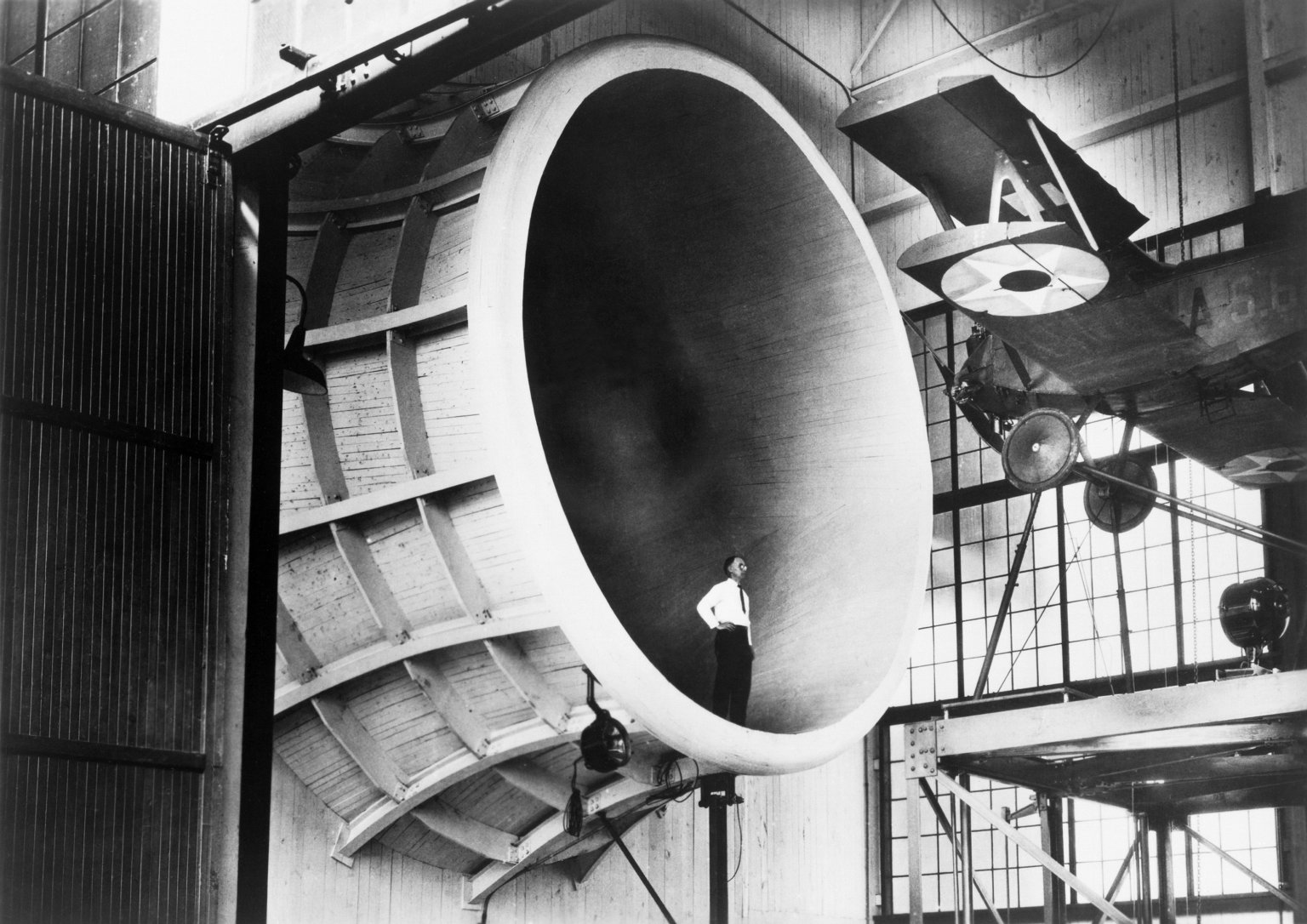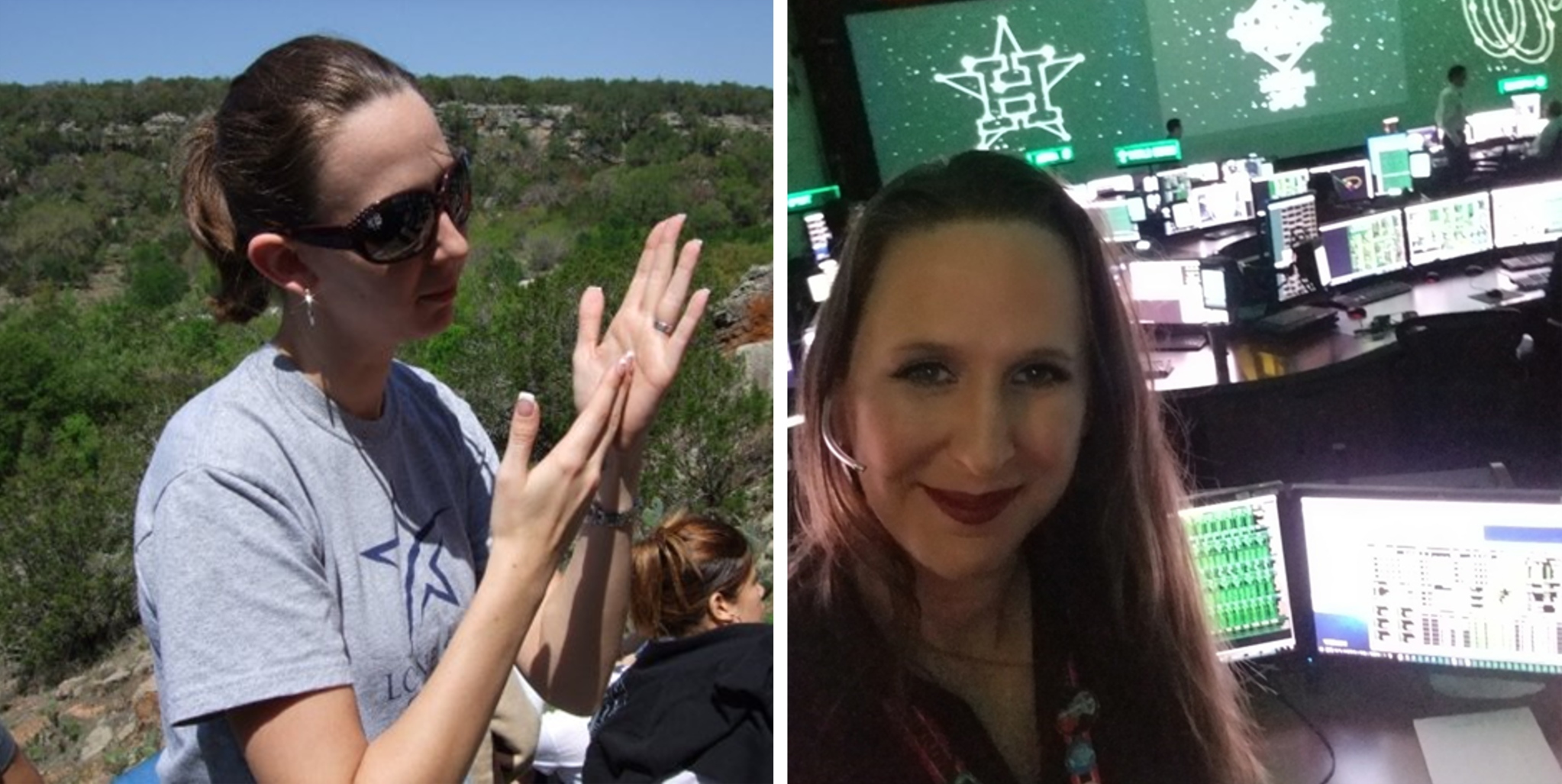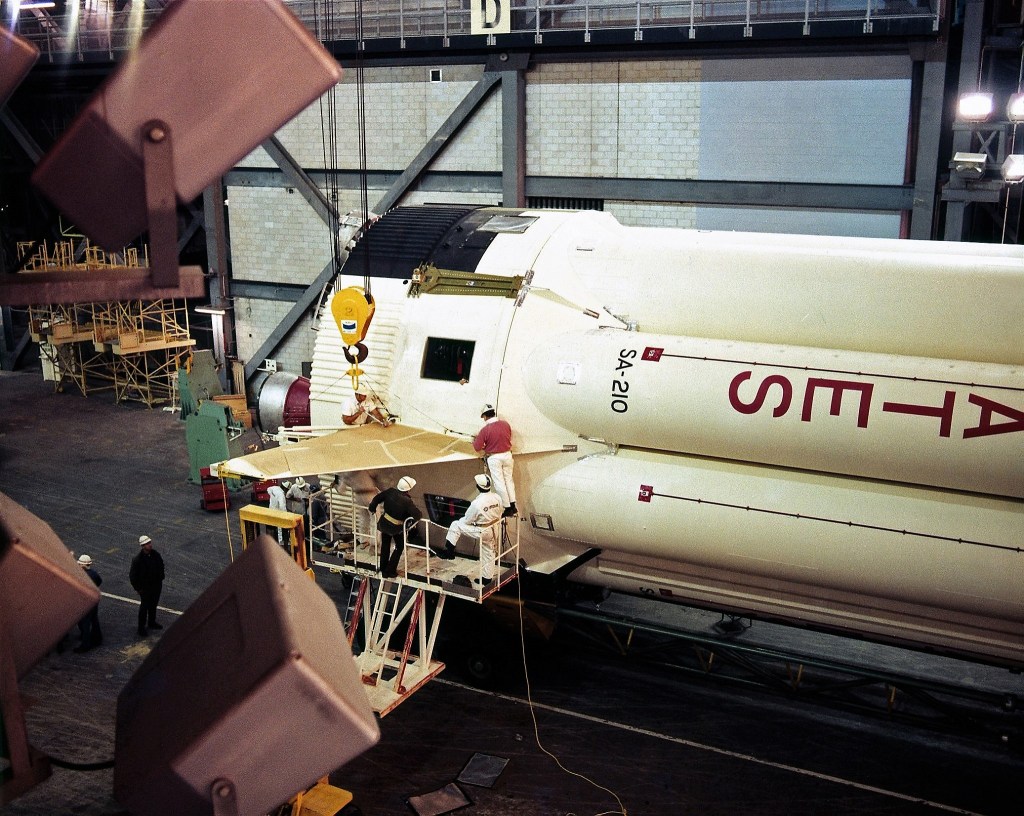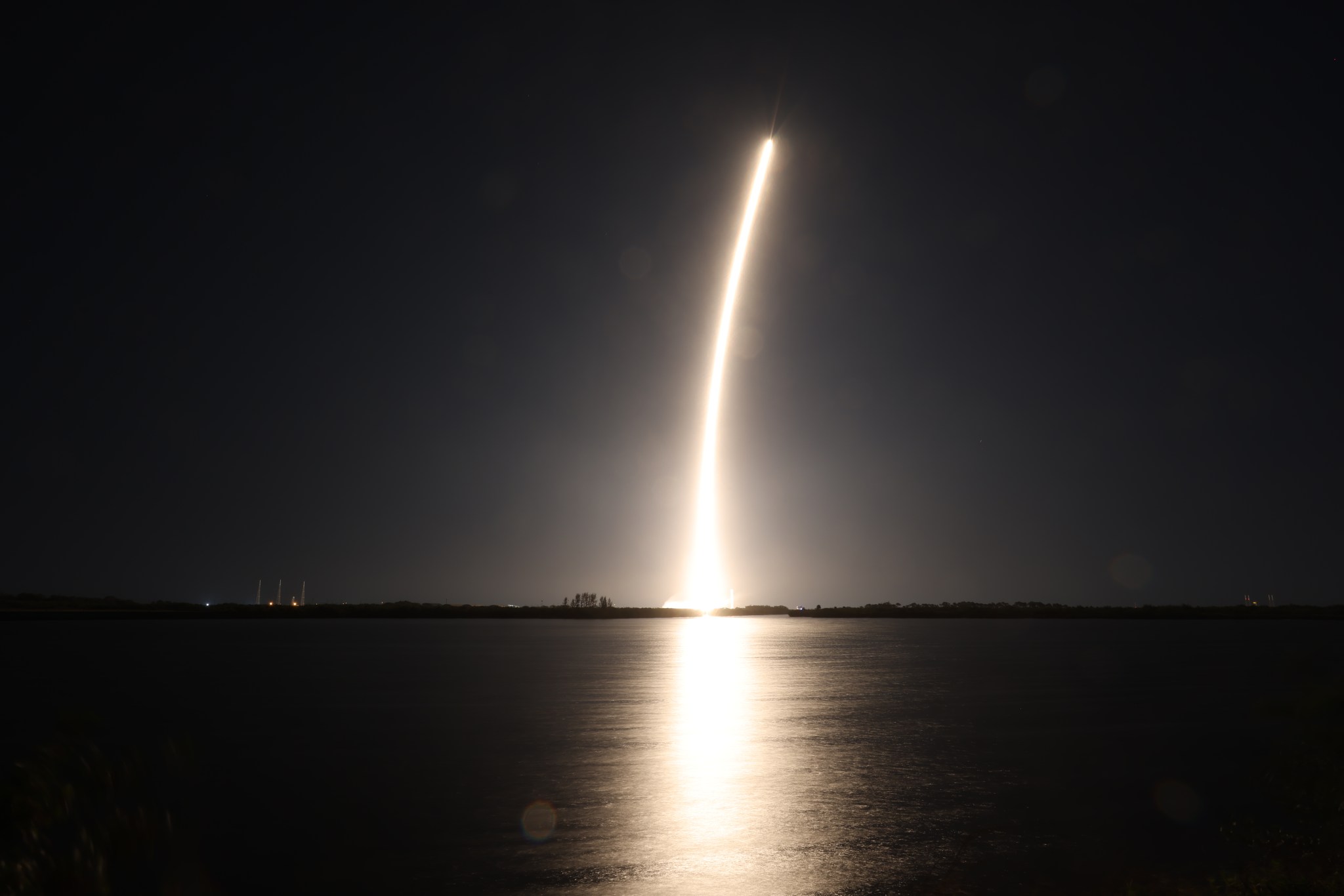Pandora, NASA’s newest exoplanet mission, is one step closer to launch with the completion of the spacecraft bus, which provides the structure, power, and other systems that will enable the mission to carry out its...
Category - How-to
3 min read NASA Solar Observatory Sees Coronal Loops Flicker Before Big Flares For decades, scientists have tried in vain to accurately predict solar flares — intense bursts of light on the Sun that can send a flurry of...
NASA Elton W. Miller, chief of aerodynamics at what is now NASA’s Langley Research Center in Hampton, Virginia, stands in the entrance cone of the Propeller Research Tunnel in this Sept. 9, 1926, photo. In front of the...
On Dec. 19, 2024, NASA released two amendments to the NASA Research Announcement Research Opportunities in Space and Earth Sciences (ROSES) 2024 (NNH24ZDA001N) to announce the E.9 Space Biology: Research Studies and E.12 Physical...
If you ask Johnson Space Center employees why they work for NASA, many will tell you it was always their dream. For others, landing a job at NASA was an unexpected stop on their career path. Here is a look at where five Johnson...
With the historic first international space docking mission only six months away, preparations on the ground for the Apollo-Soyuz Test Project (ASTP) intensified. At NASA’s Kennedy Space Center (KSC) in Florida, workers in the...
Hubble Space Telescope Hubble Home Overview About Hubble The History of Hubble Hubble Timeline Why Have a Telescope in Space? Hubble by the Numbers At the Museum FAQs Impact & Benefits Hubble’s Impact &...
Creating a golden streak in the night sky, a SpaceX Falcon 9 rocket carrying Firefly Aerospace’s Blue Ghost Mission One lander soars upward after liftoff from Launch Complex 39A at NASA’s Kennedy Space Center in Florida on...
NASA’s Roman Coronagraph Instrument will greatly advance our ability to directly image exoplanets, or planets and disks around other stars. The Roman Coronagraph Instrument, a technology demonstration designed and built by...
The Wide-Field Instrument (WFI), the primary instrument aboard NASA’s Nancy Grace Roman Space Telescope, is a 300-megapixel visible and infrared camera that will allow scientists to perform revolutionary astrophysics...
